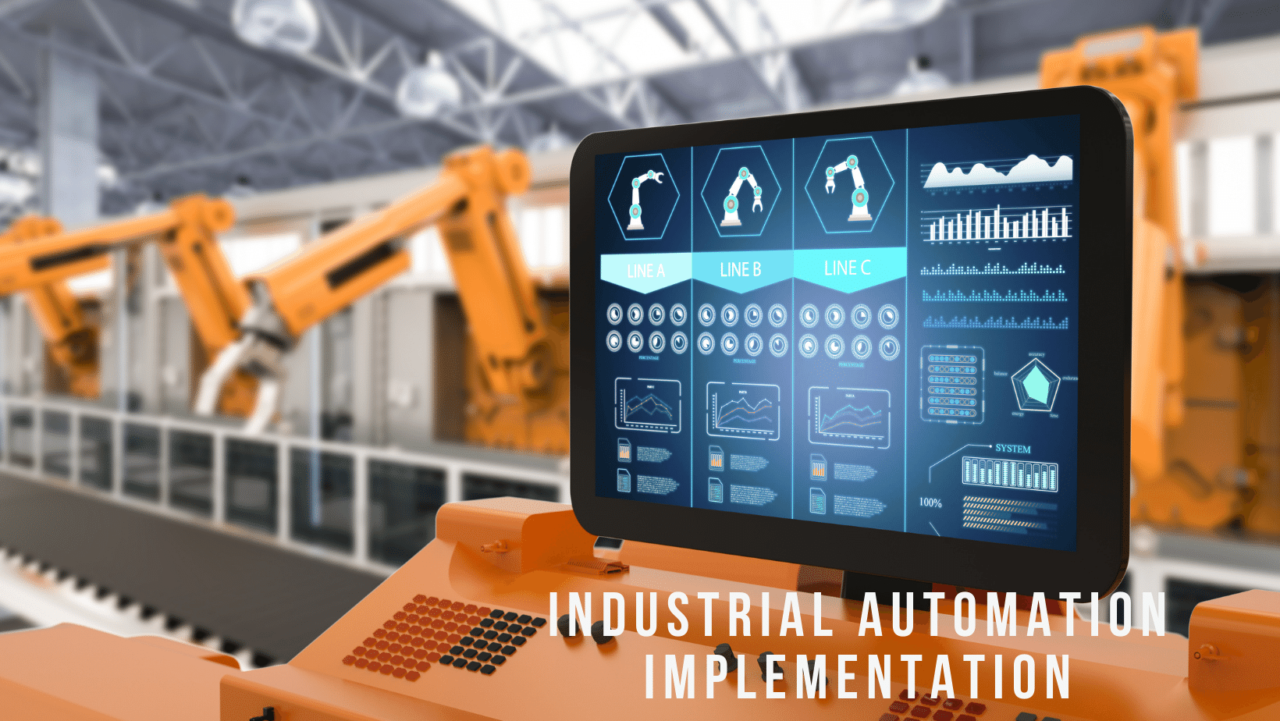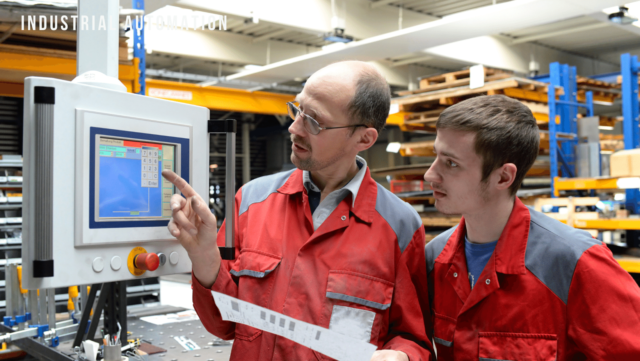Streamline Your Operations: Tricks for Successful Industrial Automation Implementation

Benefits of Industrial Automation
Industrial automation, through its production and efficiency powers, increases productivity and effectiveness. Manufacturing could be accelerated and productivity may be increased by replacing the tedious jobs with robots. This is a source of increased production and hence, organizations can meet the clients’ demands.

The application of industrial automation is a quality booster. Automation systems are better in terms of precision and accuracy than humans, and hence they drastically reduce the numbers of errors and flaws. This leads to producing best products that can exceed clients standard.
Common Challenges in Industrial Automation Implementation
Industrial automation provides a lot of advantages but also is a complicated process. Employee change aversion is the well-known phenomenon. Automation often brings about changes in the way tasks are performed and who is responsible for them, which may lead to the resistance of the affected people and redundancies. To overcome resentment, the organizations should focus on the benefits of automation and make employees part of automation process.
The lack of recognition of automation technology is another problem. Automation systems might require businesses to have some necessary skills and information. To materialize the plan without a hitch, some organizations may require training or consultants.
Planning Your Industrial Automation Strategy
The need of a well-defined roadmap is obvious as automation in industrial sector is adopted. This has several crucial steps:This has several crucial steps:
Automation can be used in the production process to find areas that can be automated. Consider the tasks that are repeated, take too much of time, or result in errors. They are such a great fit for automation.
The following step is to define the objectives of automation project. Identify your automation goals, they include productivity, quality, or cost reduction. Plan and budget the automation project you are going to implement. Subdivide implementation into stages and provide the essential resources.This will streamline implementation.
Provide automation project participants with respective positions and responsibilities. Describe the actors who will perform design, construction, testing and maintenance activities. Identify the parameters that determine the success of your automation project. Choose KPIs that will go along the objectives. Get familiar with these key indicators and follow them closely to monitor progress and make changes if needed.
Choosing the Right Automation Technology
Industrial automation project success depends on the ability to identify the right automation technology. Automation technologies also include robots, PLCs, and CNCs. Only pick the technology which fits your manufacturing process, not the other way around.
Take into account the technology of automation on the basis of cost, scalability, adaptability, and integration. Compare at least two vendors and suppliers to obtain the best deal for your business. Consider quality, expertise, customer service, and reliability of products.
Testing and prototyping are the main aspects that we take into consideration. Before adopting an automation solution, test and design it to ensure you are getting full value for your money. This eliminates risks and provides that the project is on course.
Integrating Automation with Existing Systems
Automation intergration with current systems is a hard nut to crack. Compatibility of system has to be tackled to avoid the hinder of smooth integration. Integration calls for specification of data management, communication processes and system interfaces.
The implementation of automation with the existing systems also implies data management and integration. Decide on data collection, storage, and sharing techniques. Listen to the given audio and predict the speaker’s next statement: > Aside from the financial impact, the social ramifications of global poverty are equally profound. Plan the data sharing protocols that will provide accurate and timely information.
Communication standards serve as the basis for system integration. Automation technologies may rely on Ethernet, Modbus or Profibus, etc. Ensure that your automation technology is integrated with your systems and operated properly.
A system can be integrated only after completing quality assurance and validation. To make sure the entire system is functioning well, and satisfying you, run tests on it. Ensure consistent achievement of the system’s performance against the approved benchmarks.
Training and Education for Automation Implementation
Automation implementation is the very reason why training and knowledge are necessary. Staffs need to be taught how to manage and maintain automated systems.
Training and education are key to it. Automation technologies are evolving, thus, workers must keep abreast with the latest technologies. Training employees on a frequent basis can help them to gain new skills and to be in step with new technologies. There are three options in training- classroom, job, and online. Define the staff training requirements and select right training methods.

The ultimate objective is to make sure employees gain from training by evaluating the effectiveness of this training. Measure training’s contribution to performance, productivity and job satisfaction in terms of KPIs. Revisit these numbers periodically to find defects in the training programs and make the necessary changes.
Ensuring Safety in Industrial Automation
First of all, I would like to emphasize the importance of security in industrial automation. Workers, equipment, and the process of making need to be protected, which will be done by safety measures.
Risk assessment and management are two indispensable elements of industrial automation safety. Find automation systems threats and formulate methods of their mitigation. Review and revise risk assessment as the technology and processes become available.
It is mandatory to obey the safety regulations. Discover what safety guidelines are in force in your sector or where you are working. For workplace safety, guarantee compliance with these requirements of your automation system.
